About This Orbit: Mabel Jones Freeman
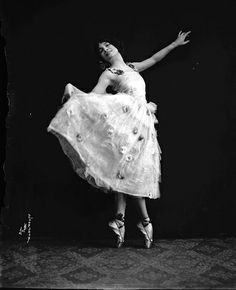

Mabel Jones Freeman was the first known Black woman to teach dance in Washington DC, and her legacy continues today. Freeman began teaching in Columbus, Ohio, where she achieved overwhelming success. However, the opportunities in Columbus beyond her school were limited. She moved to Washington DC after just two years and founded the Studio for Classical Dancing in 1926. At this studio, she trained Therrell Smith, Bernice Hammond, and Doris Patterson, who would later open up their own studios. Freeman also worked with Howard University and taught at the DC Department of Recreation.
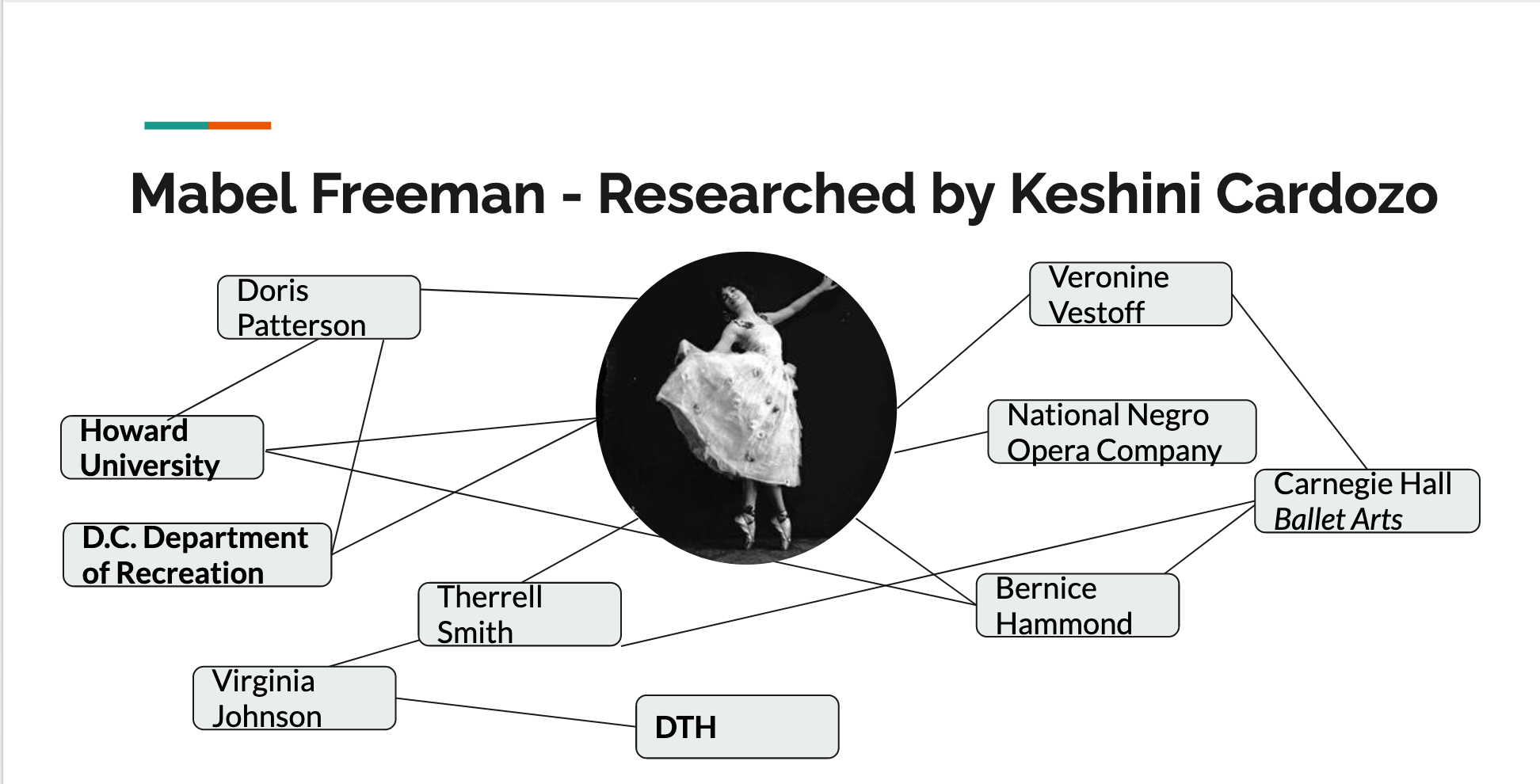
Mabel Freeman and Veronine Vestoff
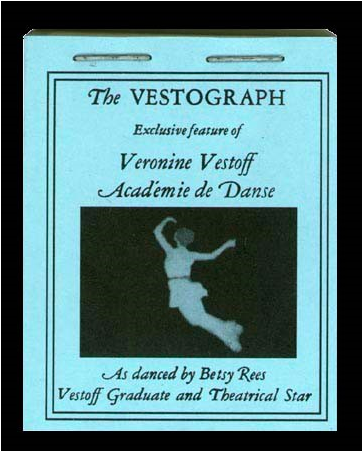
Mabel Jones Freeman was introduced to ballet by her physical education teacher, Maize Rickey at North High School in Columbus, Ohio. Maize Rickey was a graduate of the Vestoff-Serova Russian School of dancing, one of the premier American dance studios of the time period. Freeman then trained privately under Veronine Vestoff, earning a certificate in ballet, and travelled to Europe to study with other members of Vestoff’s family. While in Europe, she was able to cultivate her choreography and artistic skills by assisting Vestoff’s older brother, Genrich, in developing a ballet about the destruction of the Native American by the white man.
Mabel Freeman and Therrell Smith
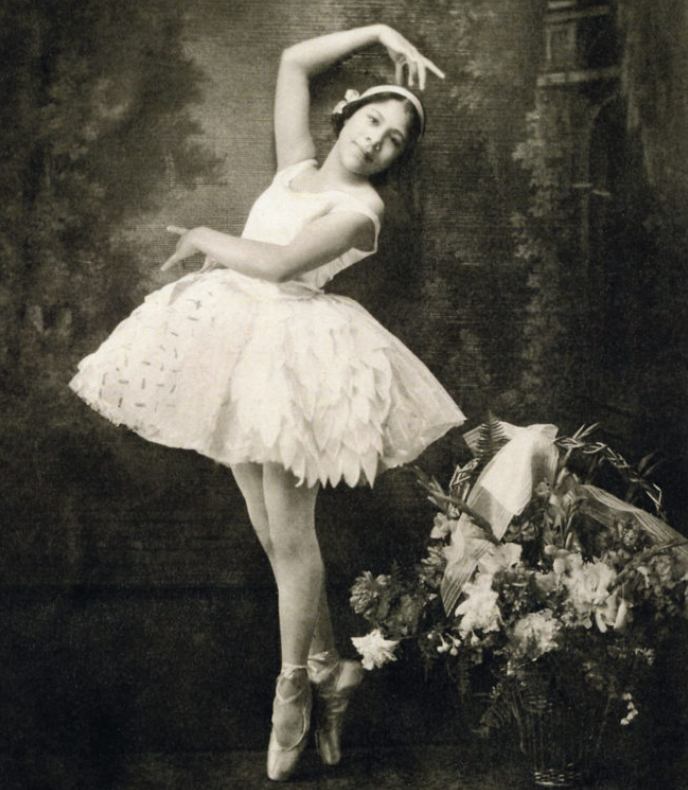 Therrell Smith, another Black pioneer of dance in Washington, was born around 1919 in Washington DC. A member of a prominent Black professional family, Smith began her formal dance training at age eight with Mabel Jones Freeman, when Freeman had just opened her studio for classical dancing. Smith trained with Freeman until she went to college at Fisk University in 1935. Smith’s most noted student is Virginia Johnson of the Dance Theatre of Harlem.
Therrell Smith, another Black pioneer of dance in Washington, was born around 1919 in Washington DC. A member of a prominent Black professional family, Smith began her formal dance training at age eight with Mabel Jones Freeman, when Freeman had just opened her studio for classical dancing. Smith trained with Freeman until she went to college at Fisk University in 1935. Smith’s most noted student is Virginia Johnson of the Dance Theatre of Harlem.
Mabel Freeman and Bernice Hammond
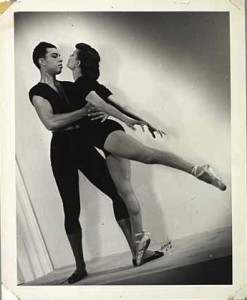 In the 1920s, Bernice Hammond trained with Mabel Freeman as a young girl and continued studying with her through high school. Hammond was described as being one of Freeman’s most ambitious students and in high school, began giving dance lessons to other Black students from her home. Like many of Freeman’s other students, Hammond would later open up her own studio in DC.
In the 1920s, Bernice Hammond trained with Mabel Freeman as a young girl and continued studying with her through high school. Hammond was described as being one of Freeman’s most ambitious students and in high school, began giving dance lessons to other Black students from her home. Like many of Freeman’s other students, Hammond would later open up her own studio in DC.
Mabel Freeman and Doris Nichols Patterson
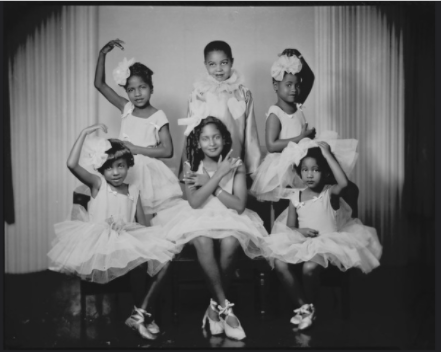
Doris Patterson began studying with Mabel Freeman in the late 1920s and the 1930s, when she was in junior high. She was born into an upper-class family and had access to the more elite schools in DC, which is consistent with the idea that Freeman tended to only accept more wealthy, often light-skinned dancers in her private studio. As she recalled in an interview, Freeman was considered Patterson’s inspiration because she taught her the “basics of ballet.” Doris Patterson also studied at Howard University before she opened up her own studio, which is a pattern among Freeman’s most successful students.
Mabel Freeman and Howard University
 The dance scene in Washington DC in the 1920s and 1930s was intrinsically tied to Howard University. Mabel Freeman danced at Howard while simultaneously teaching at her studio, and her students occasionally performed at Howard’s theater. Bernice Hammond and Doris Nichols Patterson, two of Freeman’s students, also studied at Howard, earning degrees in dance before opening up their own studios. The theater at Howard was also used for many performances by different studios, even for people who did not study there.
The dance scene in Washington DC in the 1920s and 1930s was intrinsically tied to Howard University. Mabel Freeman danced at Howard while simultaneously teaching at her studio, and her students occasionally performed at Howard’s theater. Bernice Hammond and Doris Nichols Patterson, two of Freeman’s students, also studied at Howard, earning degrees in dance before opening up their own studios. The theater at Howard was also used for many performances by different studios, even for people who did not study there.
Mabel Freeman and the DC Department of Recreation
One of Freeman’s students recalled that “the students of Mabel Jones Freeman were very fair and only those who could afford to pay were taught,” but Mabel Freeman also taught at the DC Department of Recreation, where classes were more accessible. Freeman said that she was most proud of her work here in these recreational classes. On one occasion, advanced students from her recreation classes were enlisted to appear at Constitution Hall to represent the Colored Girl Scout Troops in the 1930s, where they performed in front of the First Lady of the United States.
Mabel Freeman and the National Negro Opera Company

In the 1940s, Mabel Jones Freeman began an association with the Washington Opera Chorus, a chapter of the National Negro Opera Company. She presented the Mabel Jones Freeman Dance Group, her dance company comprised of thirteen members, in the 1947 variety musical concert of the Opera Company. According to the program, Freeman’s company performed five pieces accompanied by original music scored by Freeman herself. There was no review of this concert, so little is known about the content or quality of the movement. The central theme of her featured choreography was the transition of nature from spring to summer to winter.
Mabel Freeman and Carnegie Hall’s Ballet Arts
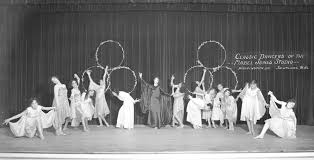 Veronine Vestoff’s school in New York worked with Carnegie Hall’s Ballet Arts, and several of Mabel Freeman’s students did as well. Many young dancers went to New York over the summers to continue their training in a more rigorous environment, and Freeman’s students were no different. From 1949 to 1953, Therrell Smith continued training at Ballet Arts in New York, after graduating from college and opening up her own studio. Like Therrell Smith, Bernice Hammond also studied ballet at Ballet Arts over the summer. Doris Patterson may have as well, as she took summer classes in New York, although the specific location of these classes is unknown.
Veronine Vestoff’s school in New York worked with Carnegie Hall’s Ballet Arts, and several of Mabel Freeman’s students did as well. Many young dancers went to New York over the summers to continue their training in a more rigorous environment, and Freeman’s students were no different. From 1949 to 1953, Therrell Smith continued training at Ballet Arts in New York, after graduating from college and opening up her own studio. Like Therrell Smith, Bernice Hammond also studied ballet at Ballet Arts over the summer. Doris Patterson may have as well, as she took summer classes in New York, although the specific location of these classes is unknown.
Sources:
Shapes of American Ballet by Jessica Zeller
1926: Mabel Jones Freeman founds the Studio for Classical Dancing (Washington DC), MoBBallet
A Survey of Black Dance in Washington, Terlene D. Terry
Celebrating Elegance in a Chaotic World, The Washington Post

Keshini Cardozo

